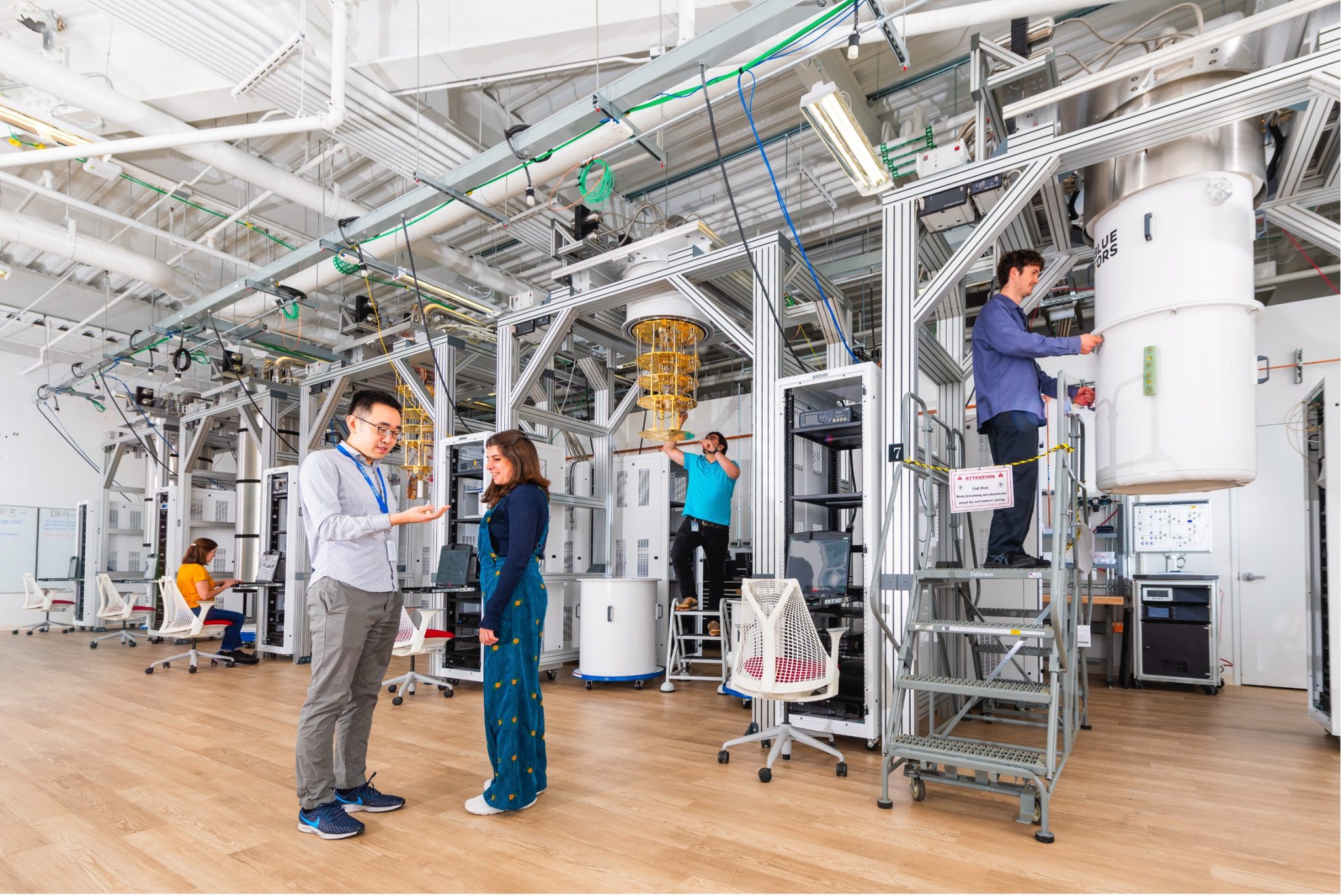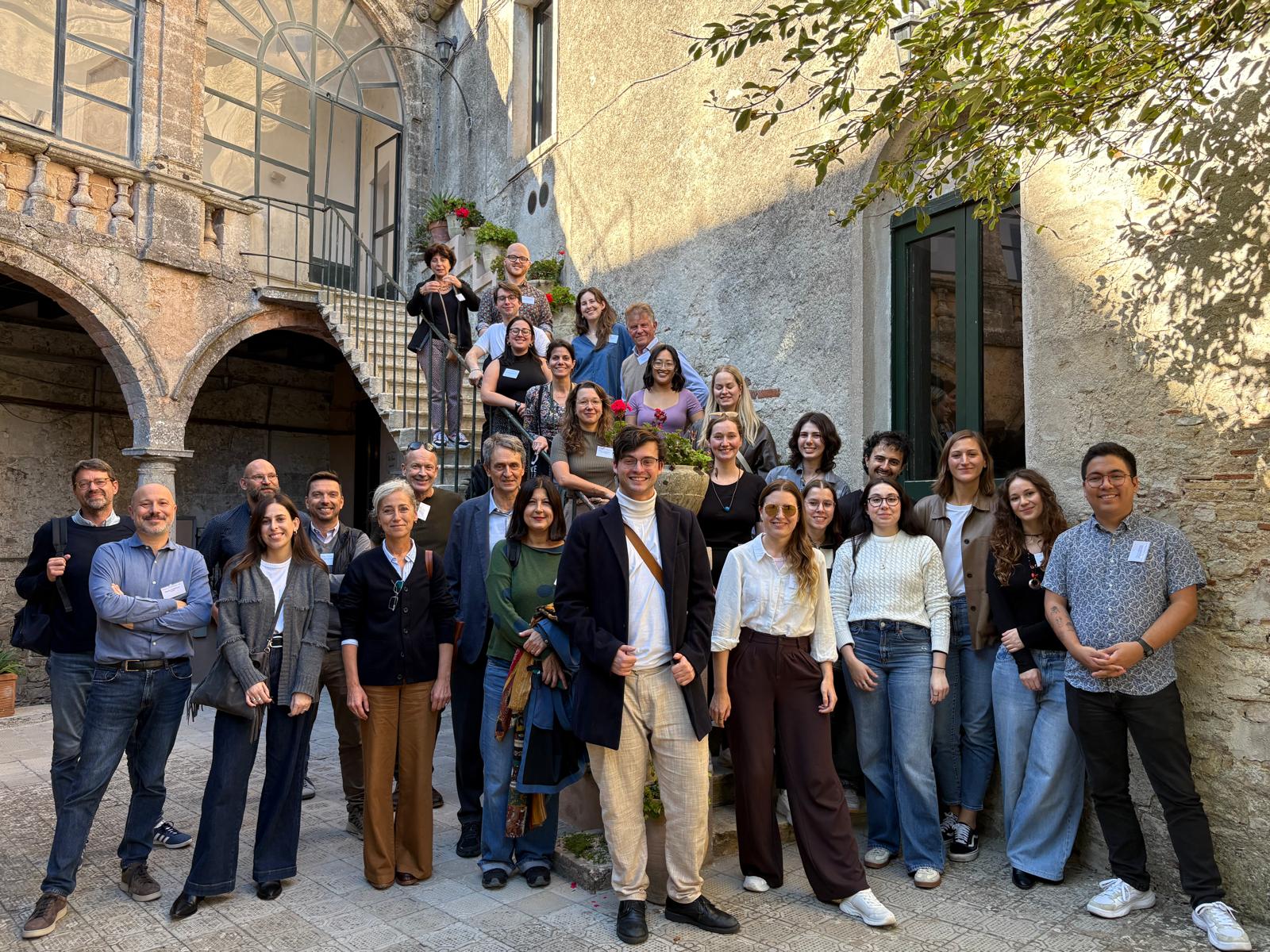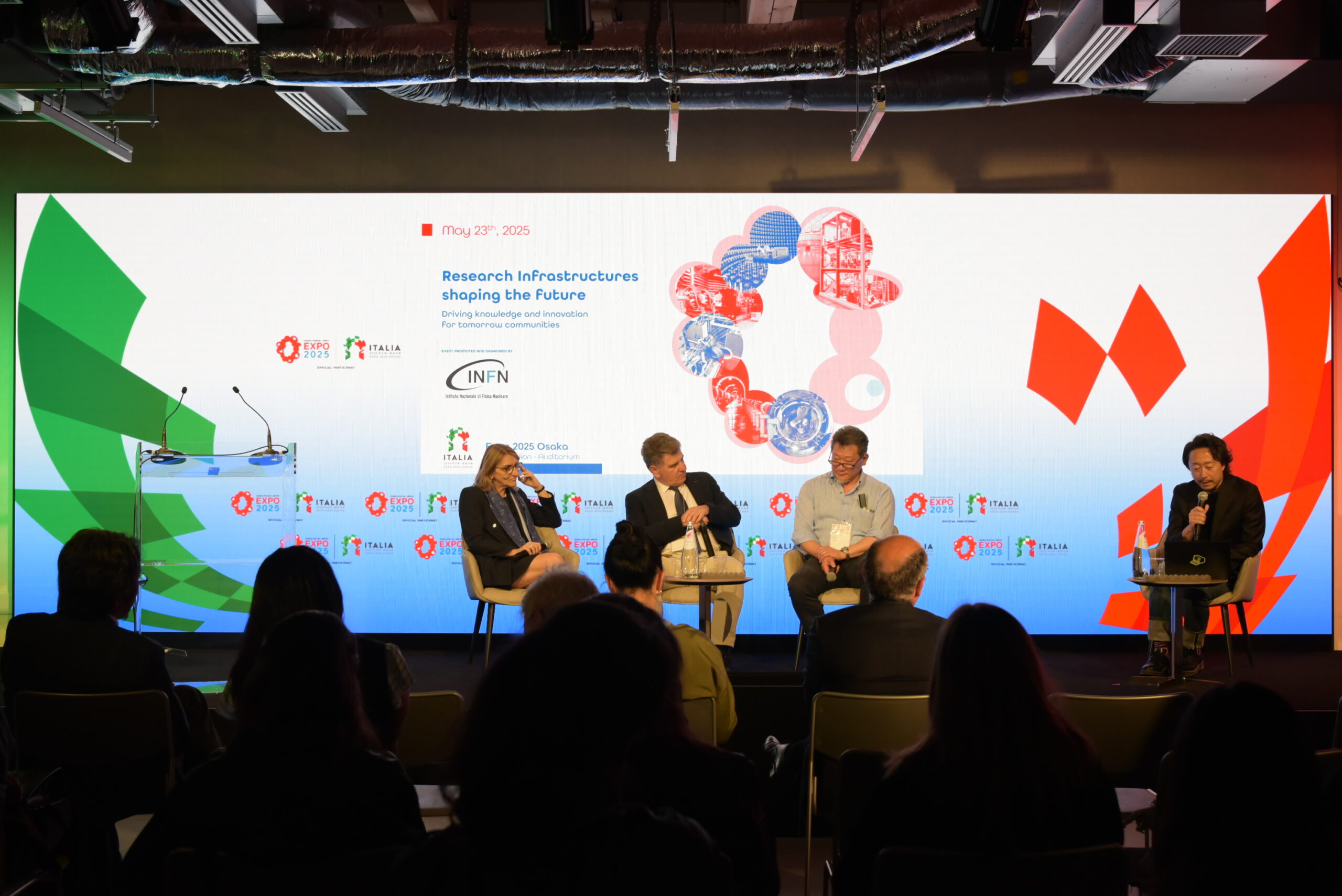The Italy Pavilion at Expo2025 Osaka hosted the event Research infrastructures shaping the future. Driving knowledge and innovation for tomorrow’s communities on May 23, promoted and organised by INFN (the Italian National Institute for Nuclear Physics) to highlight the role of major research infrastructures in benefiting both scientific and civil communities. The event, which featured representatives from some of the major scientific projects in fundamental physics in which Italy and Japan collaborate, provided an opportunity for dialogue on key themes, structured around two panel discussions: Beyond the present. Fundamental physics, technological innovation and responsible solutions empowering communities, enhancing daily life and tackling future challenges, with Sandra Malvezzi, Vice President of INFN, Ezio Previtali, Director of INFN’s Gran Sasso National Laboratories, and Naohito Saito, Director of IPNS (Institute for Particle and Nuclear Studies) at Japan’s KEK institute; and Exploring new frontiers. How physics unlocks the secrets of the universe and expands human understanding, with Hisaaki Shinkai, professor at Osaka Institute of Technology and former coordinator of the KAGRA collaboration, Marco Pallavicini, Vice President of INFN, and Emilio Radicioni, INFN researcher and Chair of the Institutional Board of the Hyper-Kamiokande experiment. Both panels were moderated by science journalist Akihico Mori. At the heart of the discussions were current and future flagship projects in fundamental physics: from the Future Circular Collider to the International Linear Collider, from the global network of gravitational wave detectors — LIGO, Virgo, and KAGRA — to the Einstein Telescope, from major experiments on neutrino physics and dark matter searches at Gran Sasso National Laboratories to neutrino studies in the T2K, Super-Kamiokande, and Hyper-Kamiokande experiments.
The dialogue highlighted how fundamental physics research — one of the driving forces of Big Science — requires large-scale research infrastructures: unique, international, borderless environments that stand at the forefront of knowledge and technology. These infrastructures, throughout their history, have contributed to progress and innovation, regional development, the training of future generations, and the well-being of communities, through applications that have a tangible, positive impact on daily life and societal advancement. Now more than ever, investing in research infrastructures is a strategic choice: they are central to the production of new knowledge and provide the foundation for developing innovative solutions to address the major challenges of today and tomorrow.
The event thus offered a multi-voiced narrative on the crucial role of research infrastructures as amplifiers of resources, hubs for people, and catalysts of synergy and growth processes. It also served to showcase the fruitful scientific collaborations between Italy and Japan.
The next INFN event at Expo2025 Osaka is scheduled for June, as part of the week dedicated to the Sardinia Region, and will focus on the Einstein Telescope project, Europe’s future gravitational wave detector. Sardinia is a candidate to host this major infrastructure, with the support of the Italian government, in particular the Ministry of Universities and Research.






